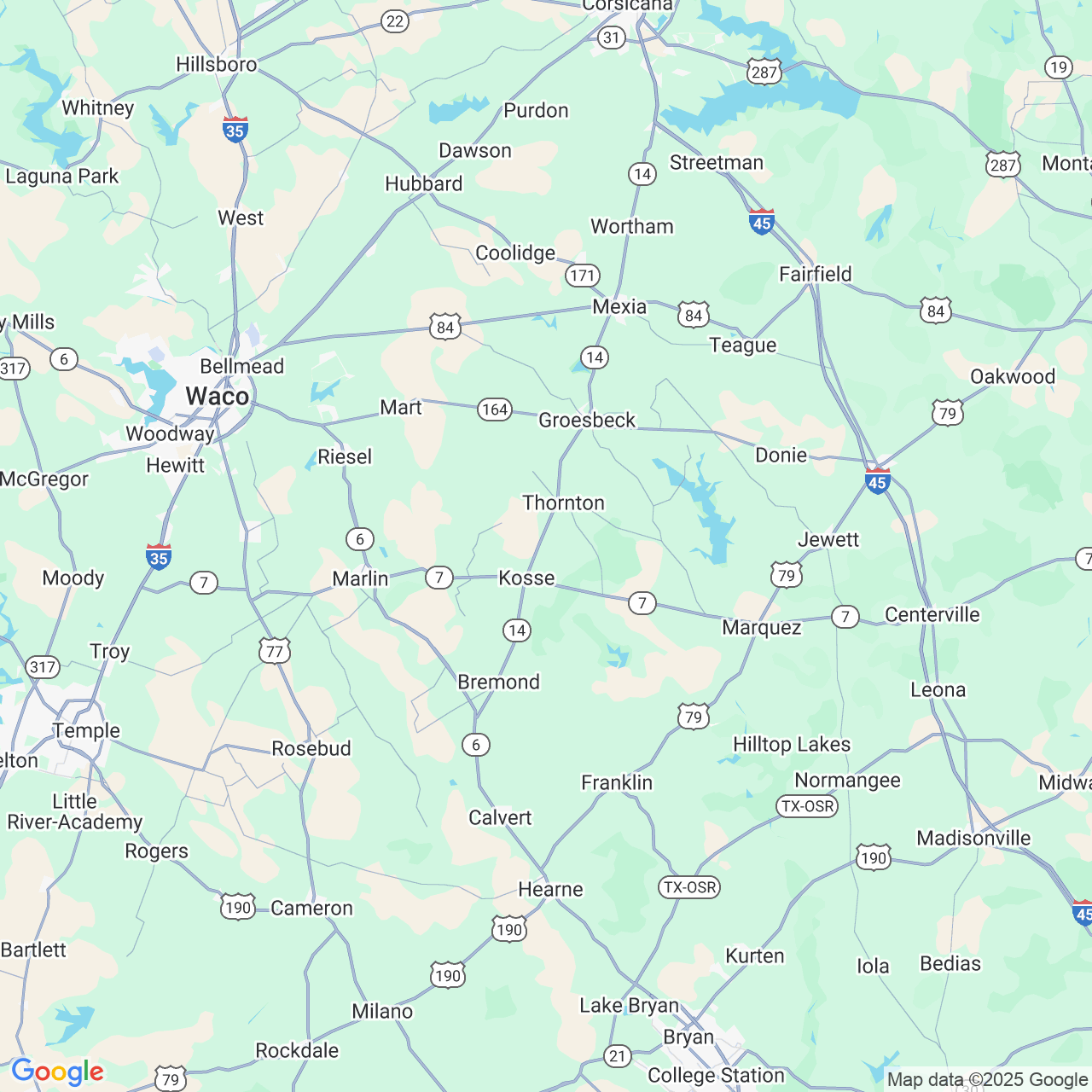How Do Keloids Factor into Hair Restoration?
When you decide to undergo hair restoration, you’re most likely focused on the result of the transplant, not possible scarring. After all, you’ve done your research - scars from hair transplants are a non-issue. For most people, that’s true, but for a small segment of the population, keloid scars may form after transplant, causing raised, unsightly scars.
What is a Keloid?
Keloid scars are raised scars that are caused by an overgrowth of scar tissue. Unlike other raised scars (known as hypertrophic scars), keloids actually grow larger than the actual wound that caused the scar. Also unlike other types of scars, keloids will not regress over time - they remain raised and attempts to excise them usually only result in another keloid scar.Keloids are not caused by a certain type of injury or surgery. In fact, doctors aren’t exactly sure what causes them, but they do know that they are more prevalent in Hispanic, African American, and Asian populations. Keloids are also thought to be genetic - about 30 percent of people who develop keloids have an immediate family member who also has them. Another odd keloid fact is that they tend to show up for the first time when people are in their 20s or 30s, and doctors aren’t sure why.
Keloids can form anywhere, but appear most commonly on the chest, shoulders, back, earlobes, and face. If you are prone to keloid scarring, anything that causes a scar - from a deep cut to acne, from ear piercing to tattoos - can result in a keloid scar.
How Keloid Scars Affect Hair Restoration
Which brings us to how keloid scarring might affect your hair restoration. While it’s true that FUE and FUT procedures leave minimal scarring, if you are prone to keloids, it is entirely possible that you could end up with keloids at the donor site on your head - it is very rare, but it can happen. However, that doesn’t mean that hair transplant is out of the question. When you visit Arocha Hair Restoration for your initial consultation, you can talk with Dr. Arocha about your concerns, and he can help you decide the best course of action. He may decide to do a test transplant, where he only takes a few follicles from a hidden donor site on your head. Because keloids form slowly, you may need to wait for up to nine months to be sure that they haven’t developed, and if so, you can proceed with your hair transplant.If you have keloid scars, or have a family member who does, don’t let your fear of developing them prevent you from acquiring the thick head of hair you desire. Call Arocha Hair Restoration today at 713-526- HAIR to schedule a consultation with Dr. Arocha. His expertise and experience can put your mind at ease and give you the results you are looking to achieve.



